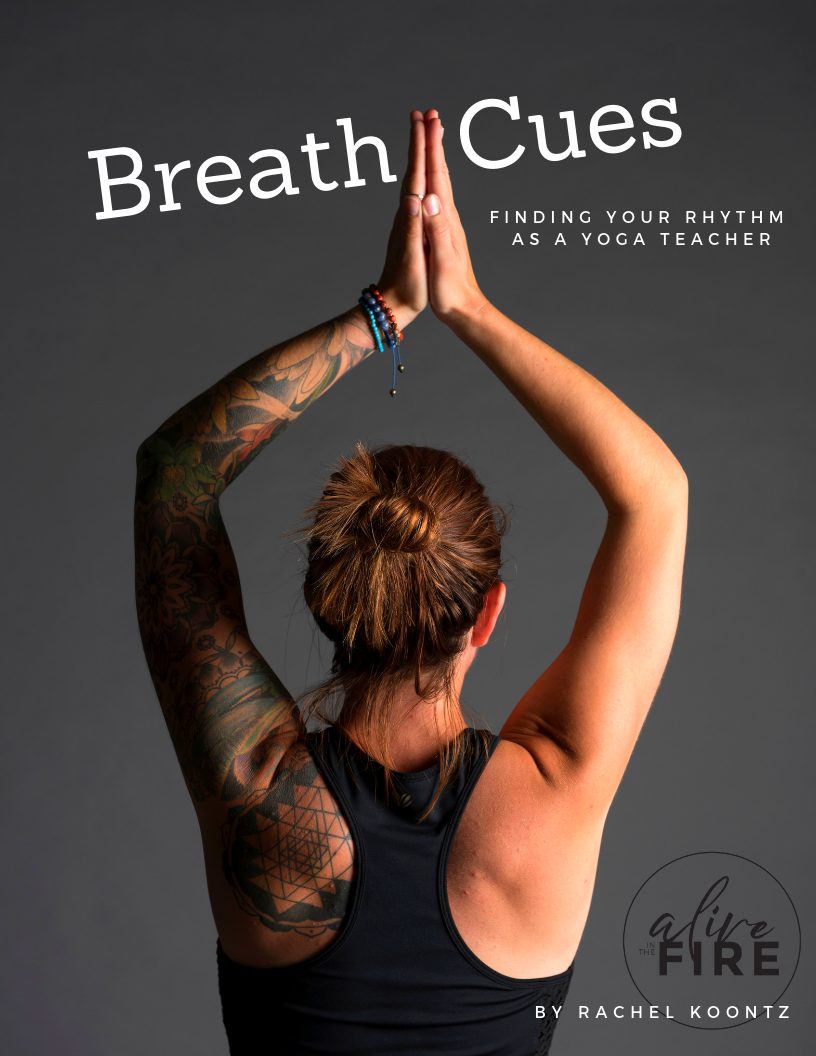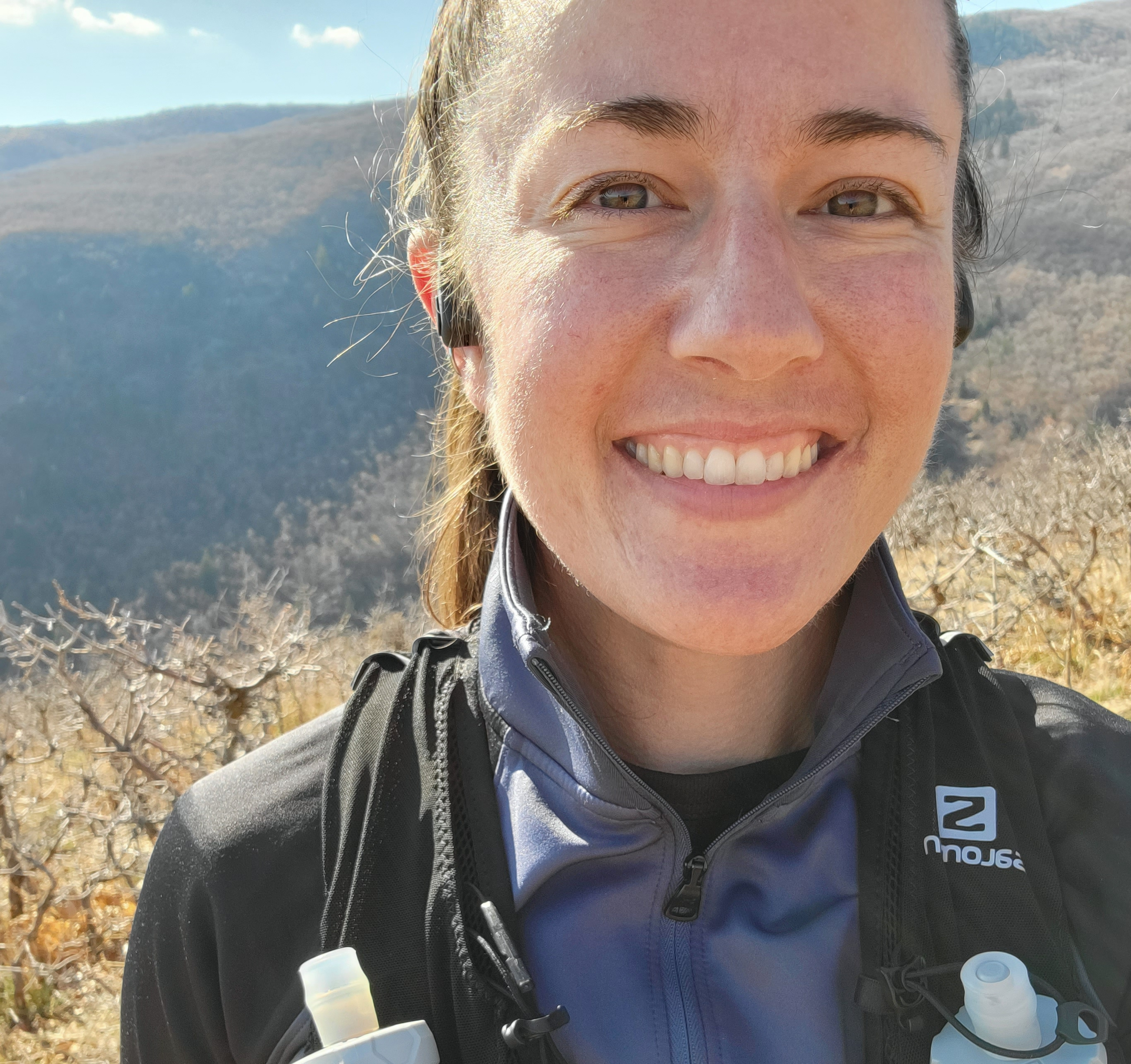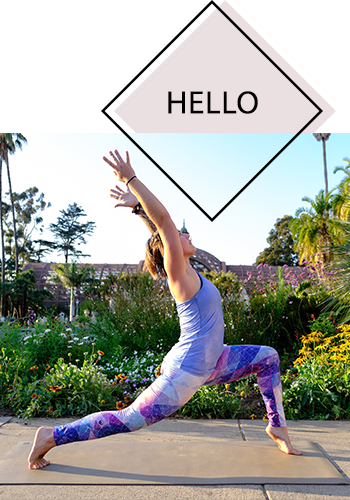Finding Your Rhythm As a New Yoga Teacher
/As a new yoga teacher, it can be challenging to find your own rhythm.
Have you ever struggled with these?
Finding the right pace for guiding your students through the poses
Knowing how long to hold a pose
Deciding when in class you want to teach your peak pose, how much time you want to allow for transitions, or how long shavasana at the end of class will be
Adjusting your class depending on if students seem energized or lethargic
When I finished my 200 hour vinyasa yoga teacher training in the style of Baron Baptiste, it took me a while to become familiar and comfortable with all of these. Here are three things that really helped.
3 Tips for Finding Your Rhythm as a New Yoga Teacher
Use your own practice as a way to determine the pace of your class. Do a full practice at home, no distractions. No music, no interruptions. Notice your breath. How many seconds does it take for you to bring in a full inhale? How many seconds for the exhale? How quickly do you normally move through sun salutations? Do you enjoy long holds in a pose, or do you tend to move with a pretty dynamic pace, flowing from one pose to the next? Really get familiar with your own pace, the pace you enjoy and the pace that comes naturally to you. Now this doesn’t necessarily have to be the pace that you always teach, but keep in mind that it’s your comfort zone. It’s your go-to if you’re feeling nervous or overwhelmed or you forget where you are in a class. Get this pace dialed in so that it feels like second nature. Create a sequence that you want to teach in class, and then from home on your own mat practice it and speak it aloud. Feel it in your body. Use that as a way to build your pace for classes.
Note the rhythm that other yoga teachers use. Ask someone from your studio if you can sit in the back of the room and take notes, maybe a teacher you admire and whose class you regularly enjoy. Really notice how long they hold a pose. Notice when they keep students in a pose even after it becomes intense. Notice if parts of class feel rushed. Write down at what point in class the peak pose is taught. Is it 30 minutes in? 45? Notice if you tend to gravitate toward one kind of pace over another. You could even consider teaming up with some students and asking them afterward how the rhythm of the class felt, if it seemed like anything was missing or anything was too long or too short. Every yogi has his or her own preferences on these kinds of thing, so of course the feedback you get can be taken with a grain of salt (just like this advice), but it can be helpful to consider these thoughts as you’re building your own class. Give yourself permission to play around with these factors, adjusting a bit here and there and seeing how it feels. Maybe one day you opt for a longer Shavasana and less warm up poses; maybe a different day you teach poses without holding them for more than 2-3 breaths to see if you can fit in more postures. Be brave in trying different things and seeing what feels right.
Consider the timing and seasonality of the class you’re teaching. Is this a morning or evening class? Is is summer, fall, winter or spring? What’s going on in your community right now? All of these things play a part in what your yoga students need, how they feel, and what their bodies are craving from a yoga practice. Be in tune. Notice if folks come in the door bubbly and energized, or if they seem sluggish or emotional. Notice if the weather is hot outside or if there is dampness or cold in the air. Consider if a stressful event has just taken place, or if people are focused on something coming up in your local community, like school getting out or a certain holiday festivity. Account for these things. Also consider, the way you teach class can help balance what’s going on. So, if students come in seeming lethargic and down, are you willing to ask them to step out of their comfort zones and practice at a more vigorous pace, working up a sweat and generating new energy to move through that funk? Or, if it’s super hot outside and people seem like they are talking a mile a minute, can you help slow things down and offer a more cooling, restorative practice where you hold poses a little longer? Invite your intuition to guide you.
I’d love to hear your thoughts on how you find your own rhythm in class, and please reach out if there’s anything I can do to support you! aliveinthefire at gmail dot com… You know where to find me ;)
PS I created a short e-book with ideas for how to memorize breath cues, sequence classes, and build confidence. It even comes with a printable breakdown of Vinyasa flow sequencing and breath cues for Sun Salutations (A & B), a journal entry page to help you work through any blockages or frustrations that are holding you back, and some other helpful tools. I hope you’ll check it out!


















